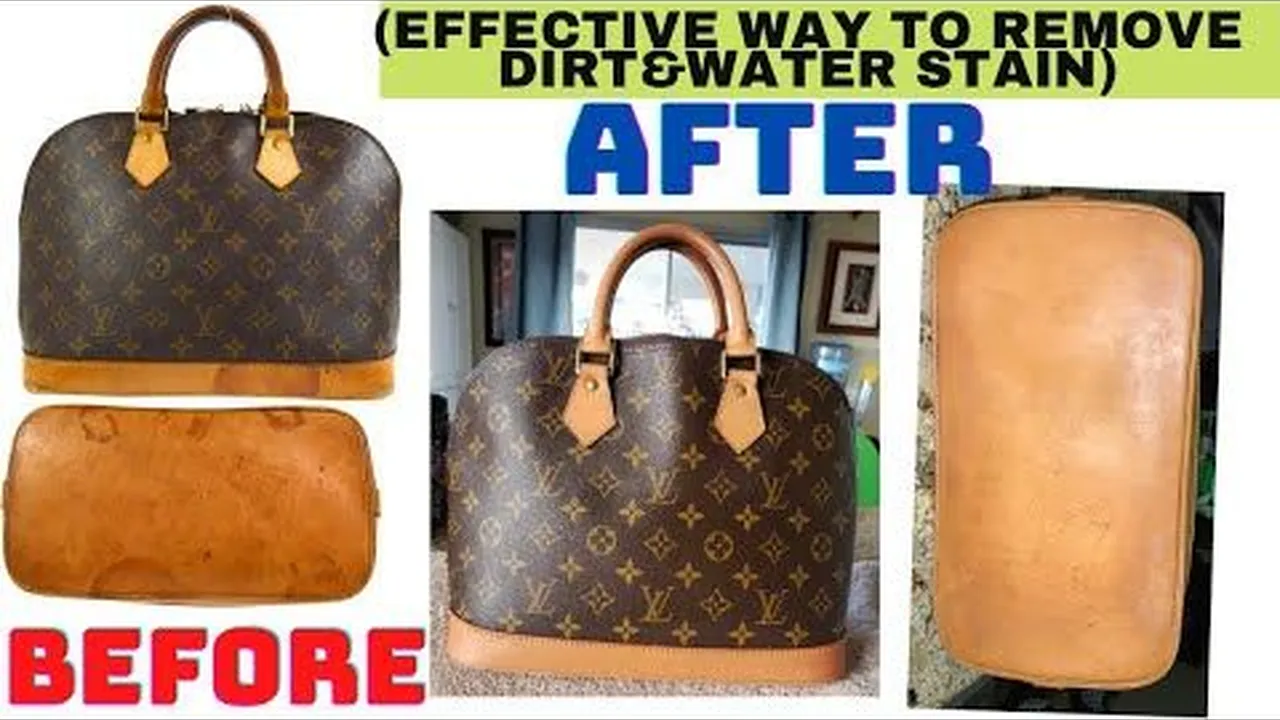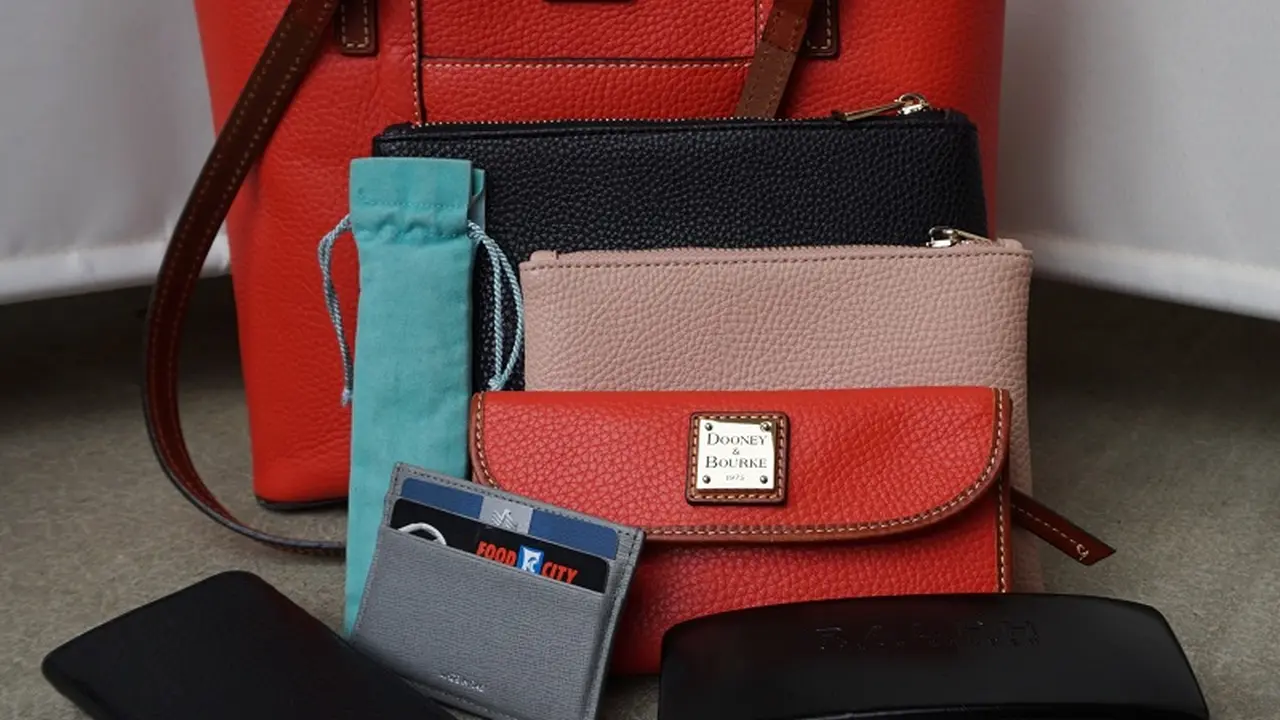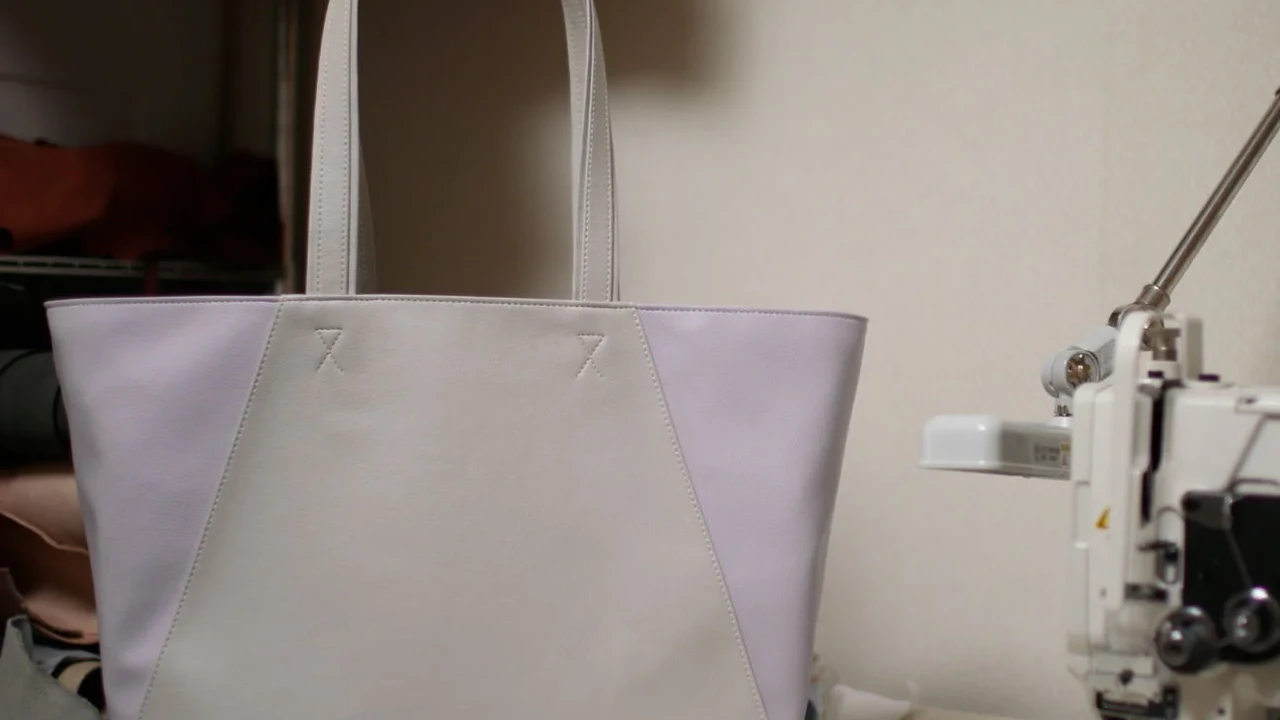Cleaning Synthetic Handbags: Simple and Effective Methods
Cleaning synthetic handbags can seem daunting, but with the right techniques, it's a breeze. This guide provides simple and effective methods for keeping your synthetic handbags looking their best, covering everything from everyday cleaning to tackling stubborn stains. We'll also explore specific product recommendations, usage scenarios, and price comparisons to help you choose the perfect solutions for your needs.

Synthetic handbags are a stylish and affordable alternative to leather, but they require regular cleaning to maintain their appearance. Whether you own a PVC tote, a nylon crossbody, or a polyurethane clutch, understanding how to properly clean these materials is crucial. This guide will walk you through the essential steps and best practices for cleaning various types of synthetic handbags, ensuring they stay looking fabulous for years to come.
Understanding Different Types of Synthetic Handbags and Their Cleaning Needs
Not all synthetic materials are created equal. Before you start cleaning, it's important to identify the type of synthetic material your handbag is made of. Common types include:
- PVC (Polyvinyl Chloride): Durable and water-resistant, often used in tote bags and rain-friendly accessories.
- PU (Polyurethane): A leather alternative that can mimic the look and feel of genuine leather.
- Nylon: Lightweight and strong, often used in sporty or casual bags.
- Microfiber: Soft and absorbent, sometimes used for lining or exterior accents.
- Vegan Leather (Various): Can encompass a wide range of materials, including pineapple leaf fiber (Piñatex), mushroom leather (Mylo), and apple leather (Apple Skin). Each has its own specific cleaning requirements.
The specific cleaning needs vary based on the material. For instance, PVC is generally easy to wipe clean, while PU might require more gentle handling to avoid damage. Vegan leathers need specialized care.
Essential Cleaning Supplies for Synthetic Handbag Care
Having the right cleaning supplies on hand will make the process much easier and more effective. Here's a list of essentials:
- Soft Cloths: Microfiber cloths are ideal for gentle cleaning.
- Mild Soap: Dish soap or baby shampoo works well for general cleaning. Avoid harsh detergents.
- Warm Water: Use lukewarm water for mixing with soap.
- Soft-Bristled Brush: A toothbrush or small cleaning brush can help with stubborn stains.
- Leather Conditioner (For PU): Helps keep PU bags supple and prevents cracking. Look for conditioners specifically designed for synthetic leather.
- Rubbing Alcohol (Isopropyl Alcohol): For ink stains, use sparingly and test in an inconspicuous area first.
- Baking Soda: Effective for odor removal.
- Magic Eraser (Melamine Sponge): Great for scuff marks, but use cautiously as it can be abrasive.
- Specialty Cleaners: Consider cleaners specifically formulated for synthetic materials.
Step-by-Step Guide to Everyday Cleaning of Synthetic Handbags
Regular cleaning prevents dirt and grime from building up and damaging your handbag. Follow these steps for everyday maintenance:
- Empty the Bag: Remove all items from your handbag to avoid accidentally damaging them during cleaning.
- Dust the Exterior: Use a soft, dry cloth to dust off the exterior of the bag.
- Prepare a Cleaning Solution: Mix a few drops of mild soap with warm water.
- Dampen a Cloth: Dip a clean cloth into the soapy water, wring out the excess, and gently wipe down the exterior of the bag.
- Rinse with a Clean Cloth: Use a separate cloth dampened with clean water to remove any soap residue.
- Dry the Bag: Pat the bag dry with a clean, dry cloth. Avoid using a hairdryer or placing the bag in direct sunlight, as this can damage the material.
- Air Dry: Allow the bag to air dry completely before using it again.
Tackling Stubborn Stains on Synthetic Handbags: Proven Techniques
Sometimes, everyday cleaning isn't enough to remove stubborn stains. Here are some specific techniques for dealing with common stains:
- Ink Stains: Dab the stain with a cotton ball soaked in rubbing alcohol. Blot gently and avoid rubbing, as this can spread the stain. Follow with a clean, damp cloth to remove the alcohol residue.
- Grease Stains: Sprinkle baking soda on the stain and let it sit for several hours to absorb the grease. Vacuum or brush off the baking soda.
- Food Stains: Mix a paste of baking soda and water and apply it to the stain. Let it dry completely, then wipe it off with a damp cloth.
- Water Stains: Wipe the entire surface of the bag with a damp cloth to create an even moisture level. Let it air dry completely.
- Scuff Marks: Gently rub the scuff mark with a magic eraser. Be careful not to rub too hard, as this can damage the surface.
Product Recommendations: The Best Cleaners for Synthetic Handbags
While soap and water often suffice, some specialized cleaners can offer enhanced cleaning and protection. Here are a few recommendations:
- Leather Honey Leather Cleaner for Synthetic Leather: Specifically designed for synthetic leather, this cleaner is gentle yet effective at removing dirt and grime. Price: $19.99 (16 oz bottle). Usage: Spray onto a cloth and wipe the bag. Great for PU leather bags needing gentle care.
- Puracy Natural Multi-Surface Cleaner: A plant-based cleaner that's safe for use on most synthetic materials. Price: $12.99 (25 oz spray bottle). Usage: Spray directly onto the bag and wipe clean. Ideal for everyday cleaning of PVC and nylon bags.
- TriNova Stain Remover: A powerful stain remover that can tackle tough stains on various synthetic materials. Price: $14.99 (18 oz spray bottle). Usage: Spray onto the stain, let it sit for a few minutes, and then wipe clean. Best for spot-treating stubborn stains on any type of synthetic handbag.
- Apple Brand Rain & Stain Repellent: While not a cleaner, this product protects your synthetic handbag from future stains and water damage. Price: $17.99 (5.5 oz can). Usage: Spray evenly on a clean, dry bag and let it dry completely. Essential for protecting lighter-colored synthetic bags, especially those made of PU.
Comparing Cleaning Products: Price, Usage, and Effectiveness
Choosing the right cleaning product depends on your budget, the type of stain, and the material of your handbag. Here's a quick comparison:
| Product | Price | Usage | Effectiveness | Material Suitability |
|---|---|---|---|---|
| Leather Honey | $19.99 | Spray and wipe | Gentle cleaning | PU Leather |
| Puracy Natural Cleaner | $12.99 | Spray and wipe | Everyday cleaning | PVC, Nylon |
| TriNova Stain Remover | $14.99 | Spray, wait, and wipe | Tough stains | All synthetics |
| Apple Brand Repellent | $17.99 | Spray and dry | Protection | All synthetics |
Preventative Measures: Protecting Your Synthetic Handbag from Future Stains
Prevention is always better than cure. Here are some tips to protect your synthetic handbag from future stains:
- Use a Handbag Organizer: Prevents spills and stains from inside the bag.
- Store Your Bag Properly: Keep your bag in a dust bag or pillowcase when not in use.
- Avoid Overfilling: Overfilling can stretch and damage the material.
- Apply a Protective Spray: As mentioned above, a rain and stain repellent can protect your bag from water and stains.
- Clean Spills Immediately: The sooner you clean a spill, the easier it will be to remove the stain.
Dealing with Odors in Synthetic Handbags: Simple Solutions
Sometimes, synthetic handbags can develop unpleasant odors. Here are a few simple solutions:
- Baking Soda: Place an open box of baking soda inside the bag and let it sit overnight.
- Dryer Sheets: Place a few dryer sheets inside the bag to absorb odors and leave a fresh scent.
- Activated Charcoal: Similar to baking soda, activated charcoal can absorb odors. Place a charcoal bag inside the handbag.
- Sunlight: Airing the bag out in sunlight (but not direct sunlight) can help eliminate odors.
Long-Term Storage Tips for Synthetic Handbags
Proper storage is essential for maintaining the condition of your synthetic handbags. Follow these tips for long-term storage:
- Clean Before Storing: Always clean your bag before storing it to prevent stains from setting in.
- Stuff the Bag: Use acid-free tissue paper or bubble wrap to maintain the bag's shape.
- Use a Dust Bag: Store the bag in a dust bag or pillowcase to protect it from dust and scratches.
- Store in a Cool, Dry Place: Avoid storing the bag in direct sunlight or humid environments.
- Avoid Stacking: Stacking bags can cause them to lose their shape.
Repairing Minor Damages: Scratches, Tears, and Loose Stitching
Minor damages can often be repaired at home. Here are a few tips:
- Scratches: A leather conditioner (designed for synthetic leather) can sometimes minimize the appearance of scratches on PU bags.
- Tears: Use a fabric glue or patch to repair small tears.
- Loose Stitching: Carefully sew loose stitching with a needle and thread.
The Environmental Impact of Synthetic Handbags and Sustainable Alternatives
Synthetic materials can have a significant environmental impact. Consider these sustainable alternatives:
- Recycled Materials: Look for bags made from recycled plastic bottles or other recycled materials.
- Vegan Leather Alternatives: Explore bags made from Piñatex, Mylo, or Apple Skin.
- Upcycled Materials: Consider bags made from upcycled fabrics or materials.
:max_bytes(150000):strip_icc()/277019-baked-pork-chops-with-cream-of-mushroom-soup-DDMFS-beauty-4x3-BG-7505-5762b731cf30447d9cbbbbbf387beafa.jpg)





